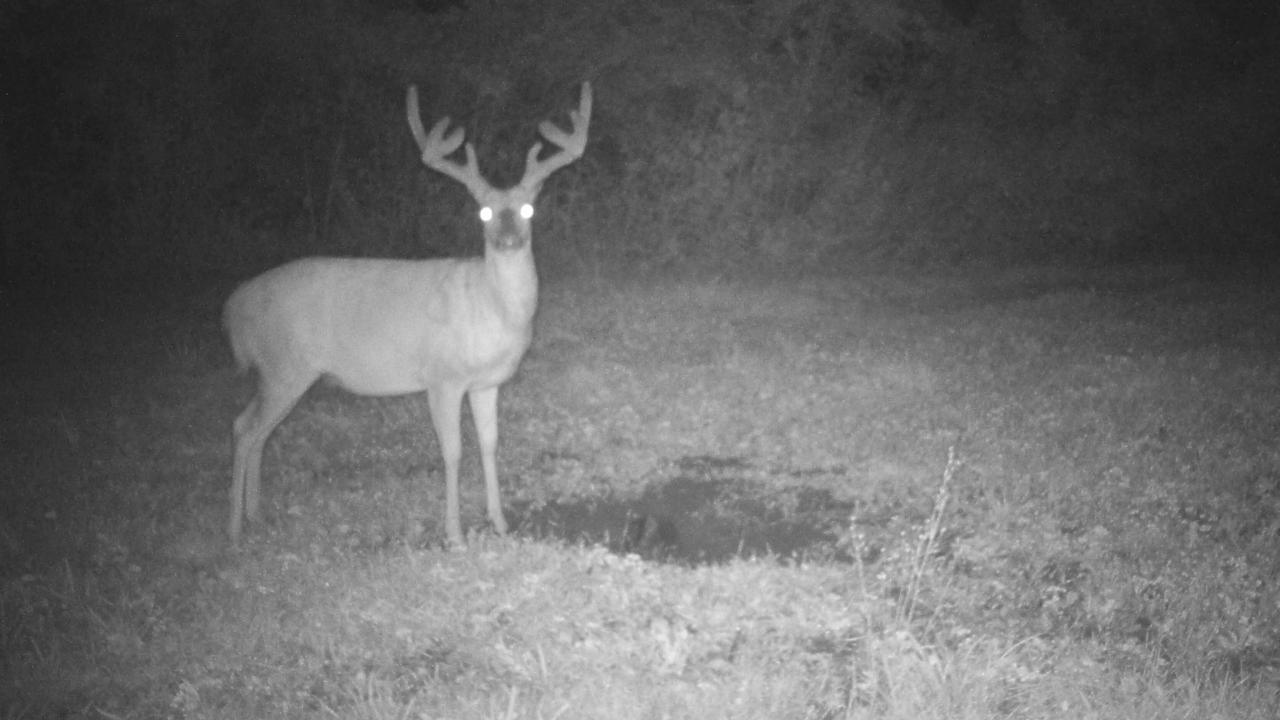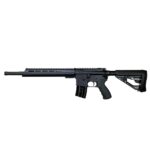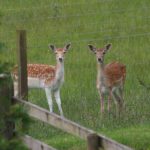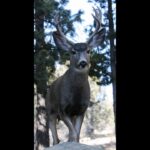Big buck on deer camera – Get ready to up your deer hunting game with our ultimate guide to capturing big bucks on trail cameras. From setting up your camera like a pro to identifying trophy bucks and planning successful hunts, we’ve got you covered.
Whether you’re a seasoned hunter or just starting out, this comprehensive guide will give you the knowledge and strategies you need to bag the buck of your dreams.
Deer Camera Setup

To capture stunning images of big bucks, careful placement of your deer camera is crucial. Selecting the ideal location, optimizing camera height and angle, and employing a trail camera with a wide field of view will significantly enhance your chances of success.
Camera Placement
Choose an area frequented by deer, such as near food sources, water bodies, or trails. Position the camera facing the most likely path of travel to maximize the chances of capturing images of big bucks.
Camera Height and Angle
The optimal camera height is around 3-4 feet off the ground, ensuring a clear view of the deer’s body and antlers. Angle the camera slightly downward to capture the deer’s entire frame and minimize the risk of blurry images.
Wide Field of View
Trail cameras with a wide field of view (FOV) provide a broader coverage area, increasing the likelihood of capturing images of big bucks. A wider FOV allows the camera to monitor a larger area, ensuring you don’t miss any action.
Deer Behavior and Habitat

Understanding deer behavior and habitat preferences is crucial for successful deer hunting. Big bucks have distinct feeding patterns, habitat preferences, and movement patterns that can be studied through trail camera footage.
Check out this brown deer map if you’re looking for the best spots to hunt big bucks. This map shows you where the deer are most active, so you can plan your hunt accordingly. With this map, you’ll be able to find the big bucks you’ve been dreaming of.
Feeding Patterns
Big bucks are primarily herbivores and their diet consists of various types of vegetation. They are opportunistic feeders and consume a wide range of plants, including leaves, twigs, buds, fruits, and grasses. Their feeding patterns are influenced by the availability of food sources, seasonality, and weather conditions.
Habitat Preferences
Big bucks prefer habitats that provide cover, food, and water sources. They often inhabit areas with dense vegetation, such as forests, thickets, and swamps. They also prefer areas with access to open fields, meadows, and agricultural crops for feeding. Water sources, such as rivers, streams, and ponds, are also important for deer survival and they frequently visit these areas for drinking and bathing.
Movement Patterns
Trail camera footage can provide valuable insights into deer movement patterns. By analyzing the time and location of deer sightings, hunters can identify areas frequented by big bucks. This information can be used to determine travel routes, feeding areas, and bedding sites.
Additionally, studying deer movement patterns can help hunters predict the likelihood of encountering deer in specific areas during different times of the day or year.
Identifying Big Bucks

Identifying big bucks is crucial for successful deer hunting. Trail cameras provide valuable insights into the size and characteristics of bucks in your hunting area. Here are some key physical features to look for when identifying big bucks:
Antler Size
Antler size is a primary indicator of a buck’s age and maturity. Bucks with large, symmetrical antlers typically indicate older, more experienced animals. Pay attention to the number of points, spread, and overall mass of the antlers.
Body Size
Body size is another important factor in identifying big bucks. Mature bucks tend to have larger bodies, broader chests, and thicker necks compared to younger bucks. Observe the overall proportions and musculature of the deer in the images.
Other Physical Features
In addition to antler size and body size, other physical features can help identify big bucks. Look for bucks with a dark, thick coat, a prominent hump on the back, and a long, bushy tail. These characteristics often indicate older, more dominant bucks.
Spotted a big buck on my deer camera the other day. It’s got a huge rack! I’m thinking about getting a camouflage european deer mount made of it. That would look sick in my man cave. Can’t wait to get it back on the wall and show it off to my buddies.
Tracking Growth and Development
Trail camera footage can also be used to track the growth and development of big bucks over time. By comparing images taken at different intervals, you can monitor the increase in antler size, body mass, and other physical characteristics. This information can provide valuable insights into the health and maturity of the bucks in your area.
Hunting Strategies

Choosing the right hunting strategy is crucial for targeting big bucks based on trail camera data. Each strategy has its advantages and disadvantages, and the best approach depends on the specific hunting location, terrain, and buck behavior.
Stand Hunting, Big buck on deer camera
Stand hunting involves setting up a stand in a strategic location where deer are likely to pass. This strategy is effective for targeting specific bucks that have been identified through trail camera footage. Stand hunting requires patience and stillness, as deer are easily spooked by movement.
Spot-and-Stalk Hunting
Spot-and-stalk hunting involves actively searching for deer and approaching them stealthily. This strategy is best suited for hunting in open areas where deer can be spotted from a distance. Spot-and-stalk hunting requires good stalking skills and the ability to move quietly and undetected.
Rattling
Rattling is a technique used to attract bucks during the rut. It involves mimicking the sound of antlers clashing, which can trigger territorial or aggressive behavior in bucks. Rattling can be an effective strategy for targeting mature bucks, but it should be used with caution as it can also spook deer.
Using Trail Camera Footage to Plan Hunting Trips
Trail camera footage can provide valuable insights into deer movement patterns, feeding areas, and bedding locations. By analyzing this data, hunters can identify potential hunting spots and plan their trips accordingly. Trail camera footage can also help hunters determine the best time to hunt, as it can reveal when deer are most active in a particular area.
| Strategy | Pros | Cons |
|---|---|---|
| Stand Hunting |
|
|
| Spot-and-Stalk Hunting |
|
|
| Rattling |
|
|
Concluding Remarks: Big Buck On Deer Camera
So, get your trail cameras ready, study the habits of big bucks, and start planning your hunt. With our expert tips and tricks, you’ll be well on your way to capturing stunning images and filling your freezer with venison.
Helpful Answers
What’s the best time of day to set up a trail camera?
Early morning or late evening, when deer are most active.
How high should I mount my trail camera?
About 3-4 feet off the ground, to capture the deer’s body and antlers.
How can I identify a big buck from a small buck in trail camera photos?
Look for bucks with large antlers, a thick body, and a mature appearance.



